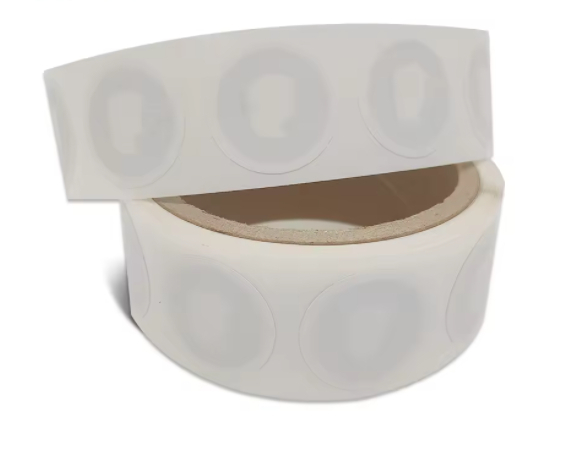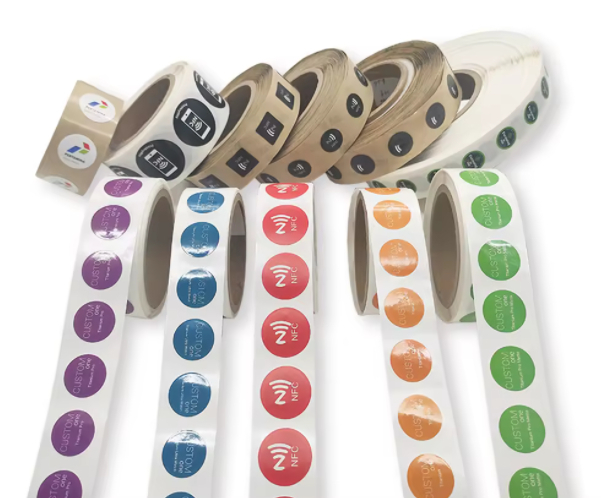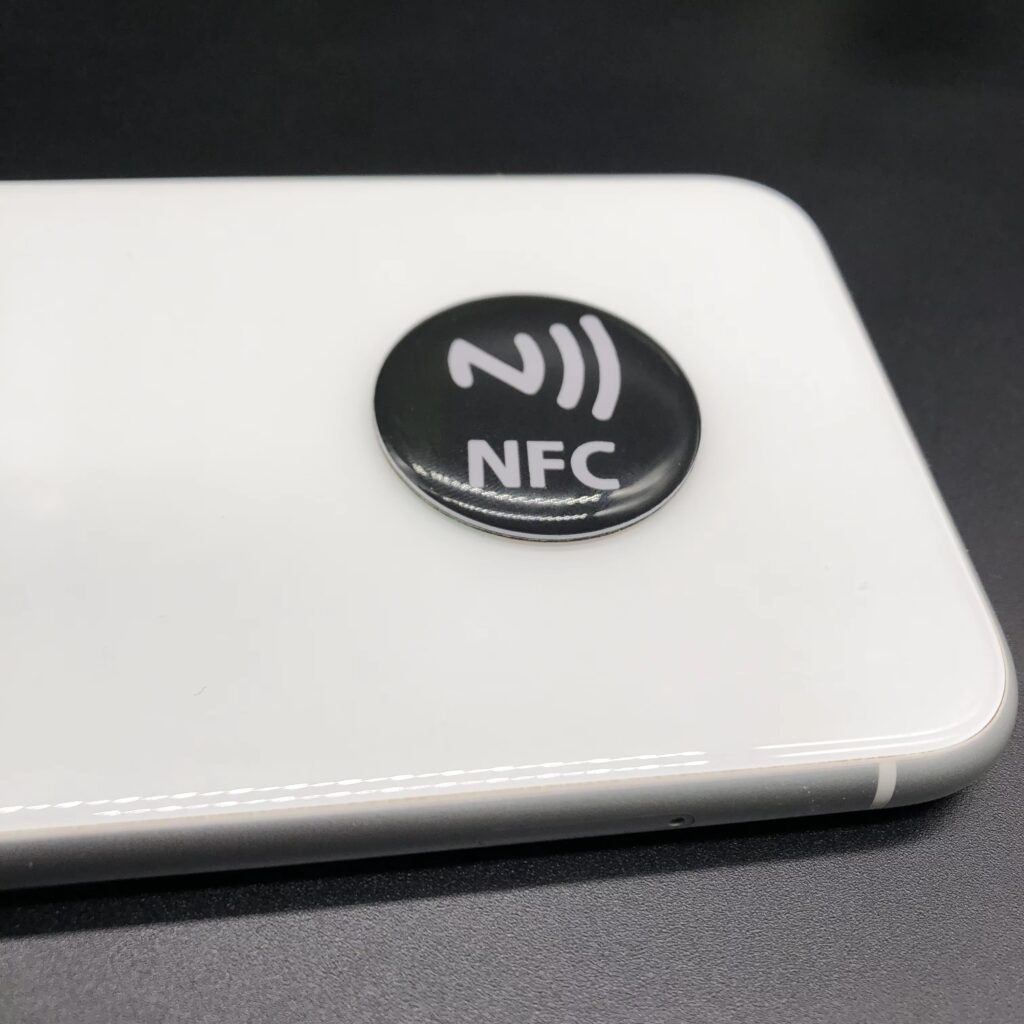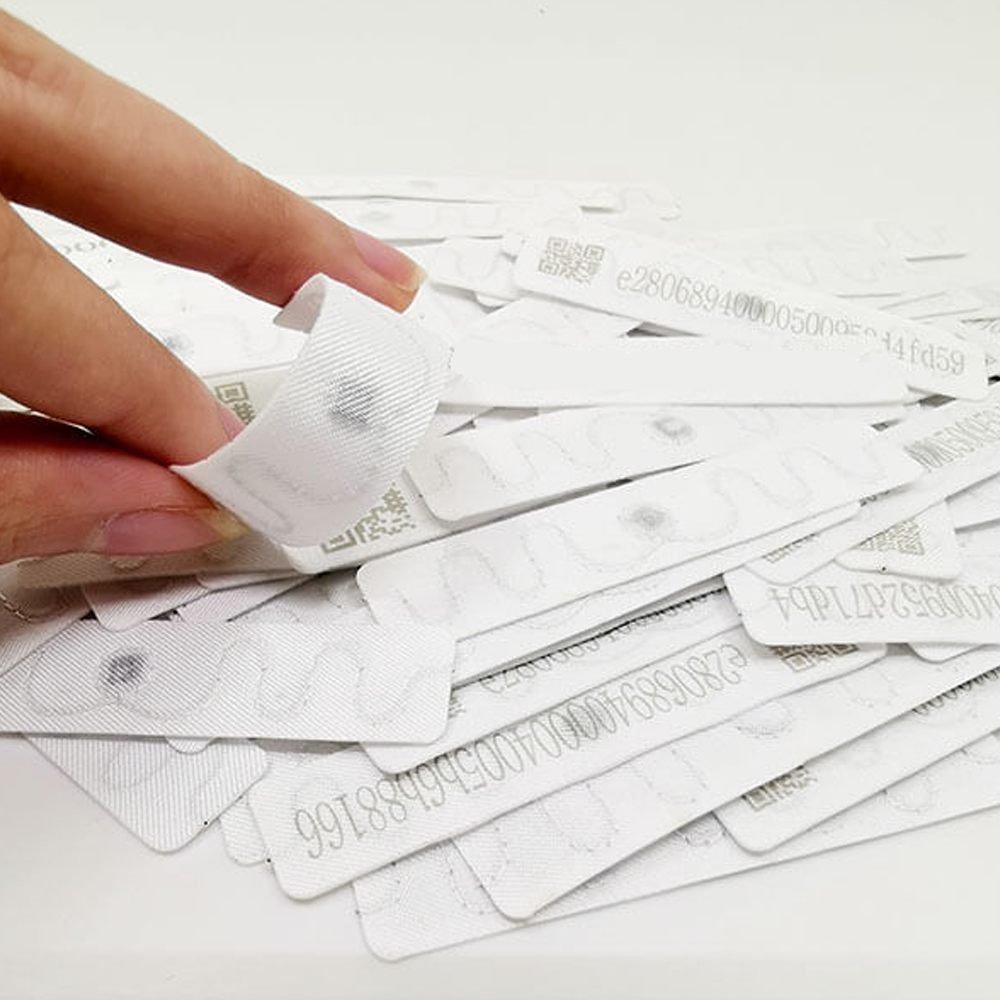
Ultimate Guide to RFID Keyfobs: Understanding Mifare S50 1K Technology in 2024
RFID keyfobs are small, contactless devices using radio-frequency tech for secure access. The Mifare S50 1K operates at 13.56 MHz for reliable, efficient control.
NFC Stickers are becoming increasingly popular for their versatility and ease of use. These small, contactless tags utilize Near Field Communication (NFC) technology to facilitate a variety of applications, from contactless payments to information sharing. This article will explore how NFC stickers work, their benefits, and their various uses, making it a valuable resource for anyone interested in this innovative technology.
An NFC Sticker is a small label embedded with an NFC chip that allows for wireless communication between devices. These stickers can be affixed to various surfaces, such as products, posters, or even clothing. When an NFC-enabled device, like a smartphone, comes into close proximity to the sticker, it can read the information stored on the chip.NFC stickers are designed to be user-friendly and require no additional power source, as they draw energy from the NFC reader. This makes them an ideal solution for a wide range of applications, from marketing to inventory management.
NFC stickers operate using Near Field Communication technology, which allows two devices to communicate wirelessly when they are within a few centimeters of each other. Here’s how the process works:
This seamless interaction makes NFC stickers a convenient tool for various applications.
Using NFC stickers offers numerous advantages:
These benefits contribute to the growing popularity of NFC stickers in various applications.
NFC stickers can be utilized in numerous ways, including:
These applications demonstrate the versatility and effectiveness of NFC stickers in enhancing user experiences.
There are several types of NFC stickers available, each designed for specific applications:
Choosing the right type of NFC sticker depends on the intended application and required functionality.
Using NFC stickers is simple and straightforward:
By following these steps, users can effectively utilize NFC stickers for their intended purposes.
While both NFC stickers and QR codes serve similar purposes, they have distinct differences:
Understanding these differences can help businesses choose the right technology for their needs.
NFC stickers come with several security features to protect the data they store:
These security features make NFC stickers a reliable choice for various applications, including payment processing and access control.
NFC stickers can have a positive environmental impact when used responsibly. Many manufacturers are now producing recyclable NFC stickers, which help reduce plastic waste. Additionally, by enabling contactless transactions and information sharing, NFC technology can reduce the need for paper-based materials, further contributing to sustainability efforts.
Q: Can NFC stickers be reused?
A: Rewritable NFC stickers can be reused multiple times, while standard NFC stickers are typically designed for one-time use.
Q: Do I need an app to use NFC stickers?
A: Most modern smartphones come with built-in NFC capabilities, allowing users to interact with NFC stickers without needing a separate app.
Q: Are NFC stickers waterproof?
A: Many NFC stickers are designed to be water-resistant, making them suitable for outdoor use. However, it’s essential to check the specifications before use.
By leveraging the capabilities of NFC stickers, businesses can enhance customer experiences, streamline operations, and contribute to sustainability efforts.
Newest trends and common knowledge in RFID laundry tags.

RFID keyfobs are small, contactless devices using radio-frequency tech for secure access. The Mifare S50 1K operates at 13.56 MHz for reliable, efficient control.

RFID technology offers the potential for extensive automation and traceability within the laundry industry.

PPS RFID Laundry Tags are specialized radio frequency identification (RFID) tags designed specifically for use in the harsh environments of industrial laundry processes.
Didn’t find what you want? Ask our manager for help!